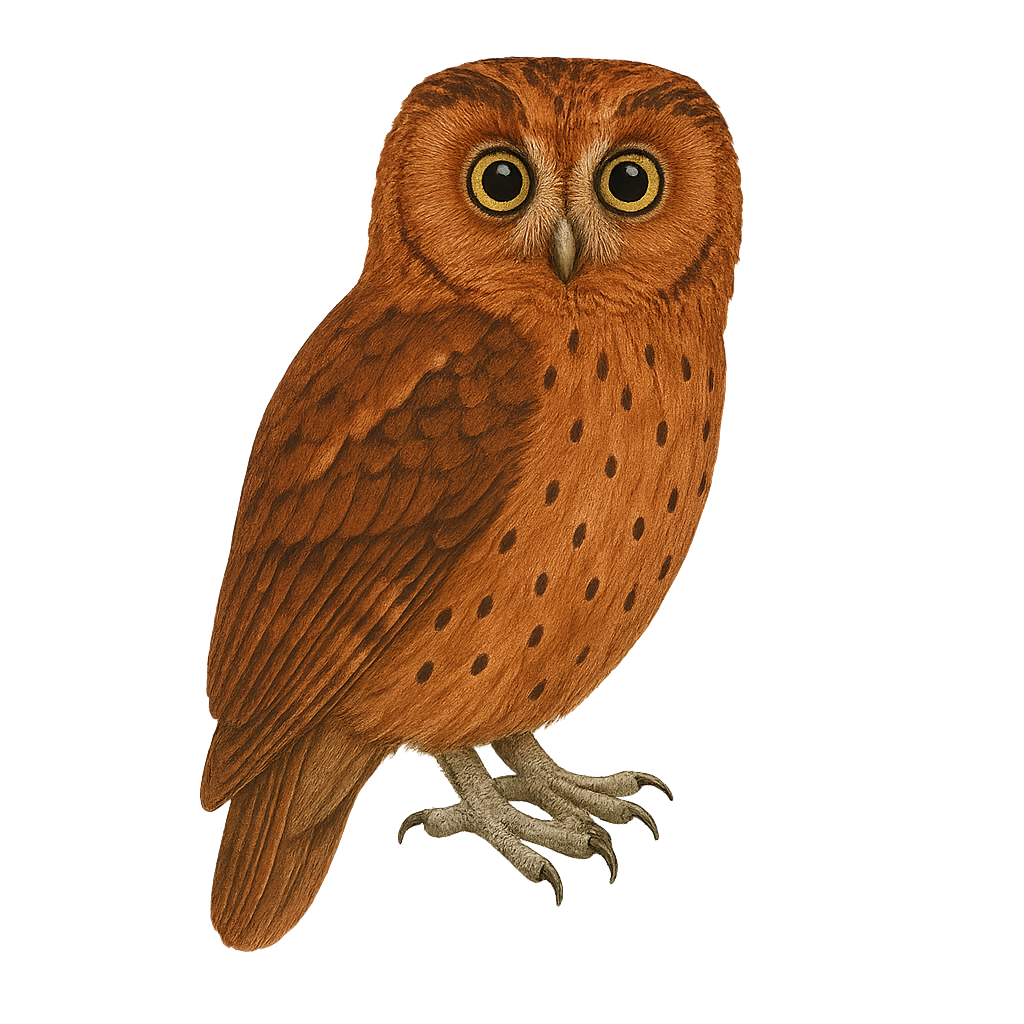Your wildlife photography guide.
Explore the sokoke scops owl in detail, study its behavior, prepare your shots.
Where to observe and photograph the sokoke scops owl in the wild
Learn where and when to spot the sokoke scops owl in the wild, how to identify the species based on distinctive features, and what natural environments it inhabits. The WildlifePhotographer app offers tailored photography tips that reflect the sokoke scops owl’s behavior, helping you capture better wildlife images. Explore the full species profile for key information including description, habitat, active periods, and approach techniques.
Sokoke Scops Owl
Scientific name: Otus ireneae

IUCN Status: Vulnerable
Family: STRIGIDAE
Group: Birds
Sensitivity to human approach: Suspicious
Minimum approach distance: 10 m
Courtship display: March to April
Incubation: 26-28 jours
Hatchings: March to May
Habitat:
Coastal forests, mangroves, wooded areas
Activity period :
Mainly active at night, generally discreet during the day.
Identification and description:
The Sokoke Scops Owl, or Otus ireneae, is a small nocturnal bird of prey endemic to the coastal forests of eastern Africa, particularly in Kenya and Tanzania. This elusive owl is notable for its modest size, measuring about 16 to 18 cm in length. Its plumage is primarily brown with streaked patterns that allow it to blend seamlessly into its wooded environment. The piercing yellow eyes and subtle ear tufts are characteristic of this species. The Sokoke Scops Owl is an opportunistic predator, feeding mainly on insects and small invertebrates. It is often heard rather than seen, thanks to its soft, repetitive call. This species is currently classified as vulnerable due to deforestation and habitat loss.
Recommended lens:
400mm – adjust based on distance, desired framing (portrait or habitat), and approach conditions.
Photography tips:
To photograph the Sokoke Scops Owl, it is advisable to use a lens of 400mm or more to capture detailed images from a distance. Being a nocturnal bird, it is best to photograph it at dusk or dawn when the light is soft. Use a tripod to stabilize your camera and avoid motion blur. Be patient and discreet, as this bird is suspicious and can easily be startled. Listening to its call can also help you locate its position.
The WildlifePhotographer App is coming soon!
Be the first to explore the best nature spots, track rutting seasons, log your observations, and observe more wildlife.
Already 1 432 wildlife lovers subscribed worldwide

